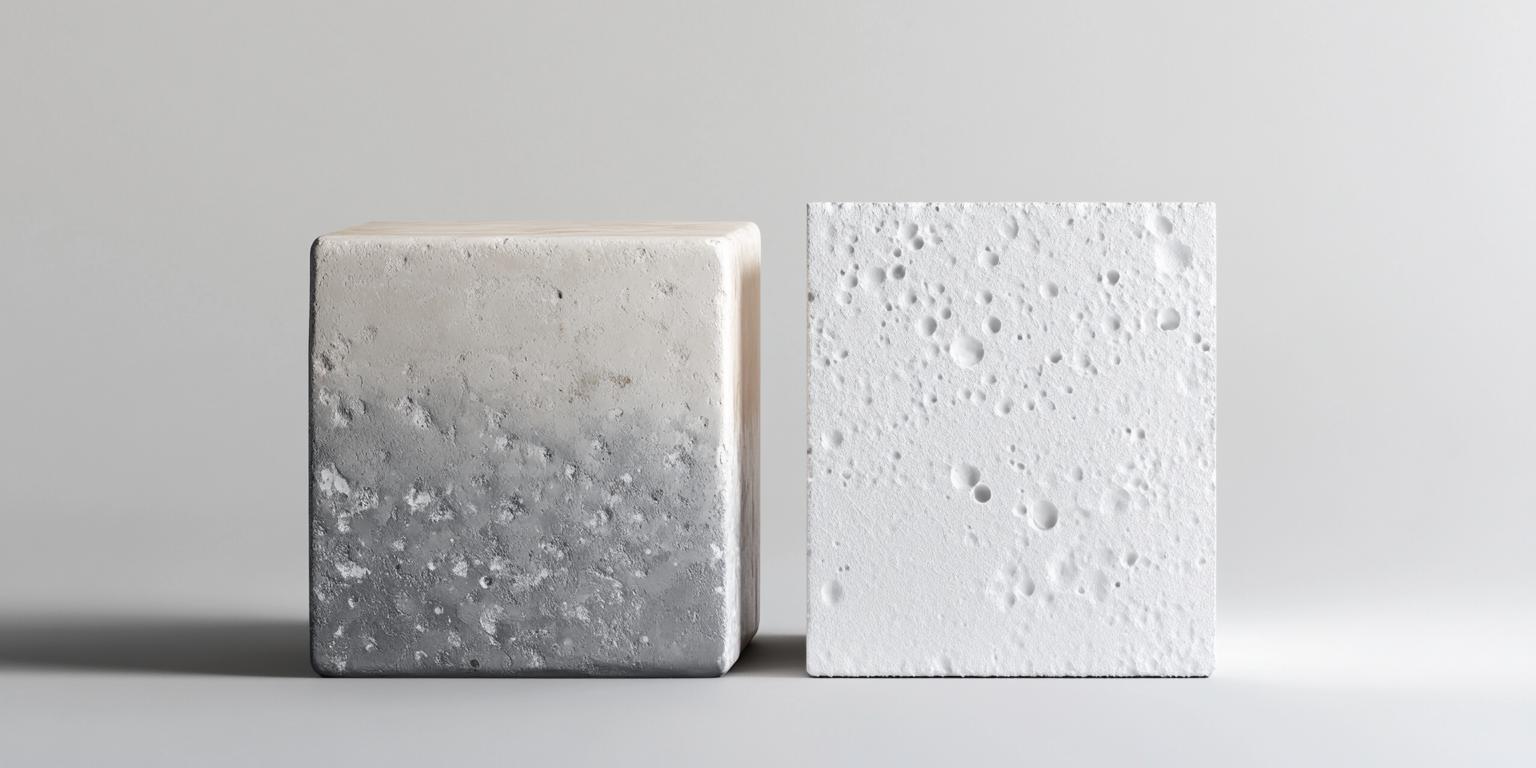.jpg?x-oss-process=image/resize,h_1000,m_lfit/format,webp)
In the context of the global environmental protection trend, the refractory materials industry has placed increasing emphasis on environmental protection. Magnesia-carbon bricks, as widely used refractory materials, pose the question of how to balance quality and environmental friendliness in their production processes. This article will delve deep into the selection of environmentally friendly raw materials, the mystery of green binder technology, energy-saving firing processes, and waste treatment and recycling technologies in magnesia-carbon brick production. It will also showcase how enterprises can enhance brand influence and market competitiveness while ensuring the quality of magnesia-carbon bricks to meet the market demand for green products.
With the tightening of environmental regulations worldwide, the refractory materials industry is under pressure to transform towards more sustainable practices. Magnesia-carbon bricks are crucial in various high-temperature industrial applications, such as steelmaking. However, traditional production methods often involve high energy consumption and the emission of pollutants. Therefore, achieving a balance between quality and environmental protection in their production is not only an environmental imperative but also a strategic move for enterprises to stay competitive in the market.
The choice of raw materials is the first step in green magnesia-carbon brick production. High-purity magnesia and graphite with low impurity content are preferred. For example, some enterprises have started using synthetic magnesia with a purity of over 98%, which not only improves the performance of the bricks but also reduces the emission of harmful substances during production. Additionally, the use of recycled materials, such as waste magnesia-carbon bricks, can significantly reduce the consumption of virgin resources. Studies have shown that incorporating 10 - 20% recycled materials can maintain the quality of the new bricks while reducing the environmental impact.
.jpg)
Green binders are the core of environmentally friendly magnesia-carbon brick production. Traditional binders often contain harmful substances such as phenol and formaldehyde. In contrast, new-generation green binders, such as resin-free binders and bio-based binders, are emerging. These binders not only have good bonding performance but also release fewer pollutants during the firing process. For instance, a bio-based binder derived from natural plant extracts can reduce the emission of volatile organic compounds (VOCs) by up to 80% compared to traditional phenolic resin binders.
Firing is an energy-intensive process in magnesia-carbon brick production. Energy-saving firing technologies, such as high-temperature rapid firing and waste heat recovery, can significantly reduce energy consumption. High-temperature rapid firing shortens the firing time by 30 - 40%, while waste heat recovery systems can reuse up to 50% of the waste heat generated during firing, reducing energy costs and environmental pollution.

Proper waste treatment and recycling are essential for sustainable magnesia-carbon brick production. Waste bricks can be crushed, sorted, and reused as raw materials. Some enterprises have established waste recycling systems that can recycle up to 90% of the waste bricks, reducing landfill waste and conserving resources.
To ensure the quality of magnesia-carbon bricks during the green production process, enterprises need to adopt strict quality control measures. This includes precise control of raw material composition, binder dosage, and firing parameters. For example, advanced testing equipment can be used to monitor the physical and chemical properties of the bricks in real-time, ensuring that they meet the required standards.
Adopting a production process that balances quality and environmental protection can bring significant benefits to enterprises. Firstly, it can enhance brand image, as consumers are increasingly concerned about environmental issues. Secondly, it can open up new market opportunities, especially in regions with strict environmental regulations. For example, in Europe and North America, the demand for green refractory materials is growing rapidly. By producing high-quality, environmentally friendly magnesia-carbon bricks, enterprises can gain a competitive edge in these markets.
In conclusion, the development of green production technology for magnesia-carbon bricks is an inevitable trend in the refractory materials industry. By focusing on the selection of environmentally friendly raw materials, the application of green binders, energy-saving firing processes, and waste treatment and recycling, enterprises can achieve a balance between quality and environmental protection. This not only helps to meet the market demand for green products but also contributes to the sustainable development of the industry. Looking ahead, continuous innovation in green technology will further improve the performance and environmental friendliness of magnesia-carbon bricks.
If you are interested in our high-quality, environmentally friendly magnesia-carbon bricks and innovative green production technologies, please contact us today to learn more!


